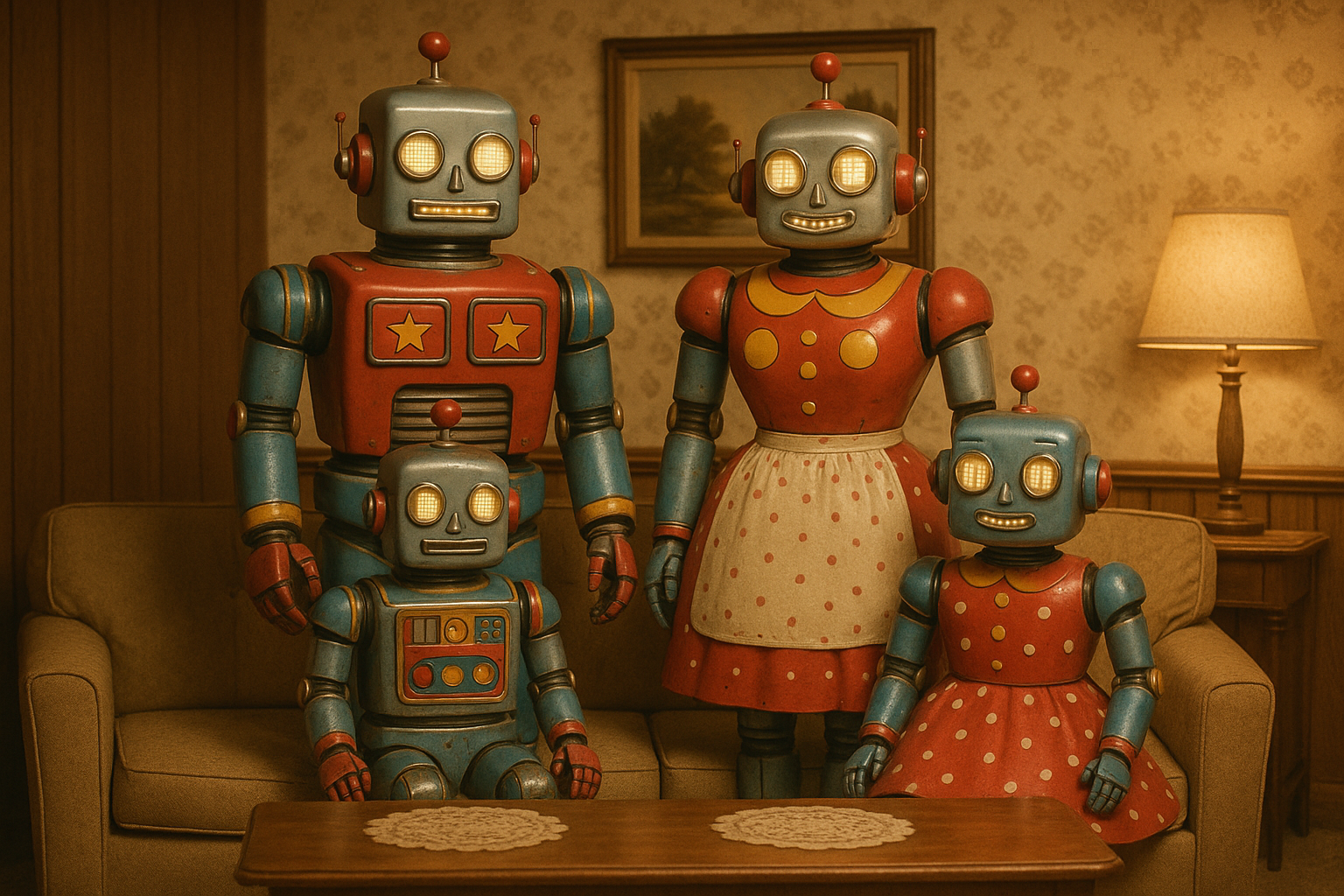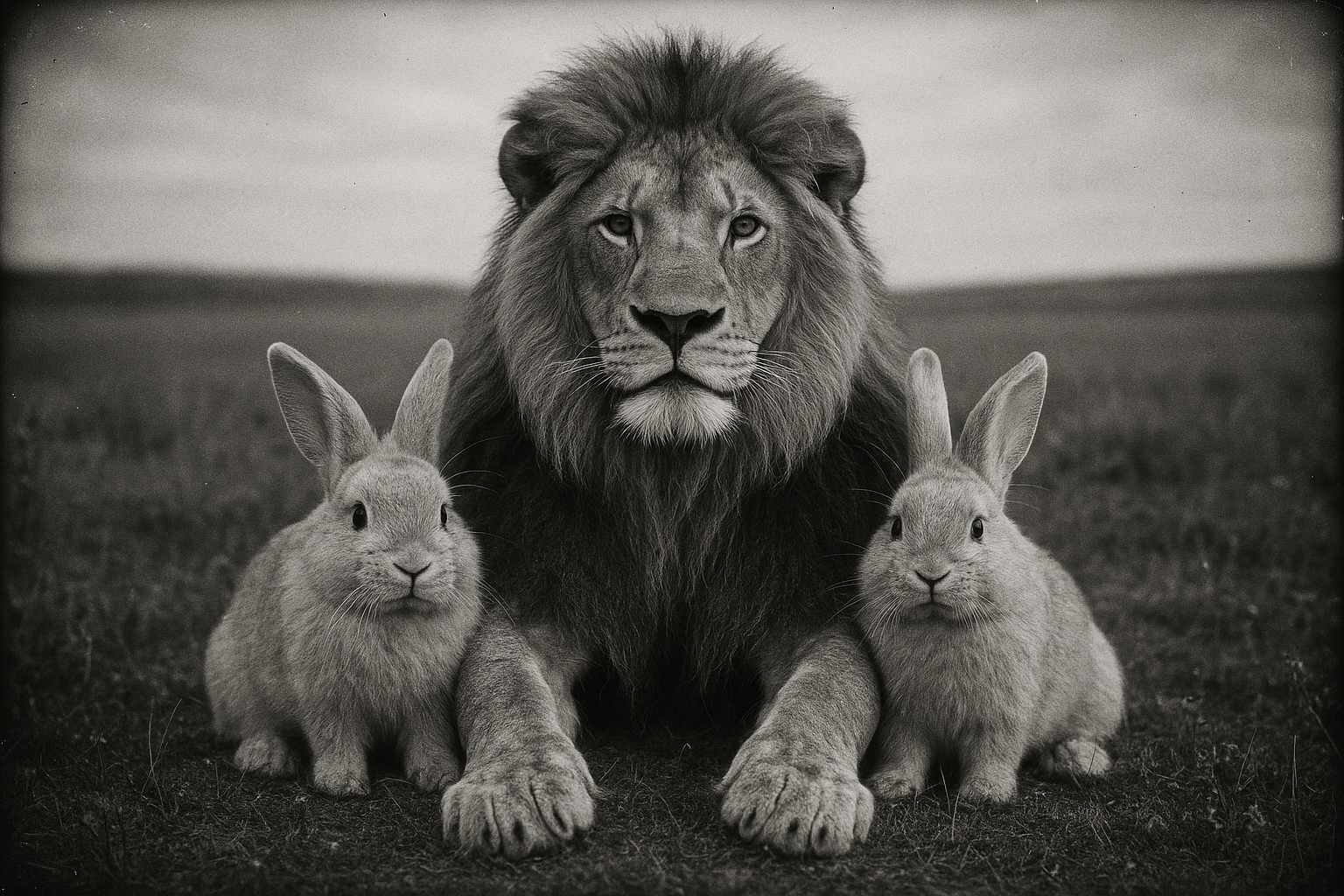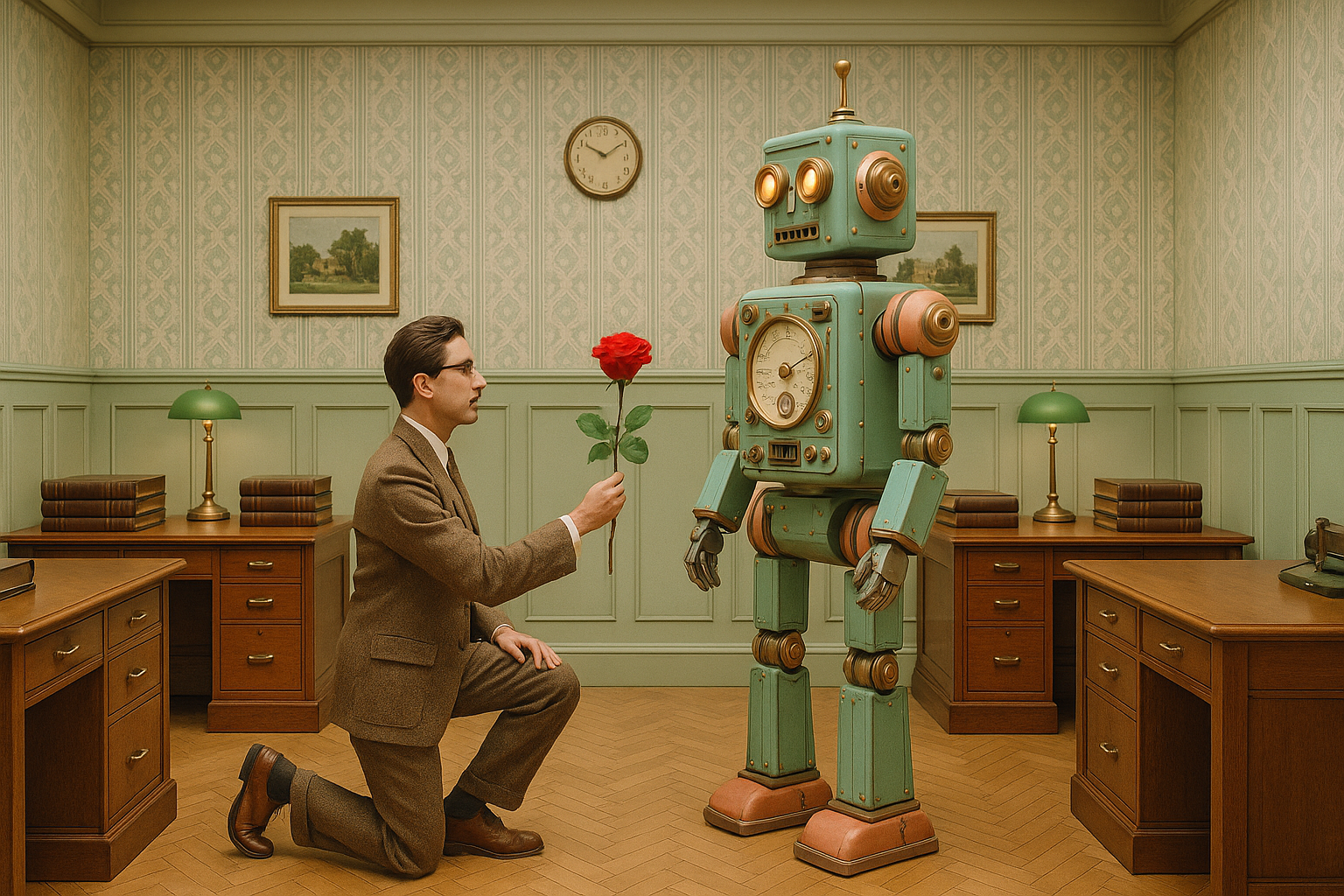
Brands are living beings
“Brands are living beings” is the operating principle behind every breakout success story in the consumer-facing economy. The difference between brands people use and brands people love lies in a psychological phenomenon called brand anthropomorphism: the art of making companies feel human.
The Science of Brand Souls
Brand anthropomorphism transforms logos into personalities. When consumers say “My Fitbit is my personal cheerleader” or declare “Can’t live without Alexa, she knows me better than anyone,” something profound happens in their minds. These aren’t casual metaphors—they’re measurable psychological attachments.
Marketing scholars started documenting this 1998, when Susan Fournier’s landmark study “Consumers and Their Brands” revealed that meaningful relationships require brands to develop distinct personalities. Every piece of modern marketing vocabulary—brand voice, brand image, brand identity—springs from this insight. Nearly a decade later, Pankaj Aggarwal and Ann McGill’s paper “Is That Car Smiling at Me?” proved the exact mechanics: consumers of successfully humanized brands exhibit higher positive emotional connections and, crucially, greater anticipated separation distress.
This anthropomorphism isn’t accidental. It’s engineered by marketers, through visual cues, verbal patterns, gender assignment, and first-person communication. It’s deliberate. It’s strategic. And it’s the secret weapon behind artificial intelligence’s conquest of the mainstream.
The Accidental Branding Revolution
AI didn’t triumph on technical merit alone—it succeeded through superior storytelling. The trajectory reads like a masterclass in brand anthropomorphism.
In 1943, Warren McCulloch and Walter Pitts created a simple (on/off) mathematical function and called it a “neuron.” Did it resemble actual brain cells? Barely. But McCulloch, leveraging his neurophysiology background, transformed cold mathematics into something mysteriously biological—a branding masterstroke disguised as scientific terminology.
John McCarthy doubled down in 1956, coining “Artificial Intelligence” for his Dartmouth research proposal. Truly intelligent? Hardly. But the name implied human-like cognition and, more importantly, secured funding. McCarthy understood that perception shapes reality—especially when grant committees are involved.
Fast-forward to 2022: OpenAI’s first GPT model remained largely unnoticed for ten months. The breakthrough came not from algorithmic improvements but from packaging—wrapping the technology in a conversational, human-like interface called ChatGPT. One million users in five days. The technology remained largely unchanged; the persona transformed everything.
The irony is striking: the same anthropomorphic branding that drives adoption also fuels apocalyptic narratives about AI dominance. Although the current AI systems remain narrow, mostly specialized tools, nowhere near general human intelligence; Hollywood-inspired brand anthropomorphism has successfully created both the love affair and the existential anxiety.
The Coming Brand Wars
AI as a category enjoys anthropomorphic advantages by default—the very name suggests human-like intelligence. But as the market matures, categorical benefits won’t suffice. Half the global economy faces disruption from AI, and the brands that lead these future markets will need more than technological competence.
The evolution mirrors what positioning pioneer Jack Trout documented across the 20th century. The foundational Product Era (1900s-1950s) focused entirely on the product itself. Companies believed that if they built a better mousetrap, the world would beat a path to their door, emphasizing features and technical superiority above all else. The USP Era of the 1950s introduced communication strategy while remaining product-centric, seeking unique advantages that could be articulated to consumers. This proved short-lived, almost an extension of product-focused thinking. The Image Era emerged in the 1960s as companies discovered that reputation mattered more than specific features. This marked the proper beginning of commercial PR and branding, operating on the principle that “who you buy from matters more than what you buy.” Finally, the Positioning Era took hold and persists today, recognizing that as markets matured and competition intensified, superior products alone proved insufficient. When unique selling propositions became easily replicated and corporate images commonplace, victory belonged to those securing the most advantageous position in consumers’ minds relative to competitors. The shift moved from competing on tangible attributes to competing for cognitive real estate.
The evolution mirrors what positioning pioneer Jack Trout documented across the 20th century. The modern warfare of brands started with the foundational era (Early 1900s-1950s) focused entirely on the product itself. Companies believed that if they built a better mousetrap, the world would beat a path to their door. The emphasis was on product features, on overall technical superiority. Then the USP Era of the 1950s, was about finding and communicating a unique product advantage; still product-centric but sprinkled with communication strategy. This was perhaps the most short lived era, almost like an extention of the product specific era. Post 1960, companies found that reputation was more important in selling a product than any specific product feature. This is the proper start of commercial PR and branding, a subtle sense of “Who you buy from matters more than what you buy”. Finally, the Positioning Era took hold and persists today, recognizing that as markets matured and competition intensified, superior products alone proved insufficient.
And looking back at the evolution, it does make total sense. As markets matured and competition intensified, the mere existence of superior products proved insufficient to guarantee commercial success, forcing companies first to articulate USPs, then to cultivate reputation when differentiators became easily replicated. When even polished corporate images became commonplace currency in saturated markets, victory belonged not to those with the finest products or most established reputations, but to those who could secure the most advantageous position in the prospect’s mental landscape relative to their rivals—a shift from competing on tangible attributes to competing for cognitive real estate.
AI markets are accelerating through this same evolution. As capabilities commoditize, positioning becomes paramount. And positioning, ultimately, depends on mastering brand-consumer relationships.
The Warmth-Competence Equation
Human psychology maps relationships along two primary dimensions: warmth and competence. We trust personalities that balance both traits. Consumer brand relationships follow identical patterns.
AI’s anthropomorphic positioning delivers competence in abundance—perhaps too much. The category radiates futuristic capability but lacks emotional warmth. Creating brand love requires both dimensions.
Consider the strategic divergence already emerging. Elon Musk’s interviews lean heavily into competence-based positioning, emphasizing AI’s transformative power through a lens of human-machine competition. Meanwhile, larger players recognize the warmth imperative. Anthropic built “AI safety” into their mission statement, balancing warmth and competence. technical demonstrations with founder interviews emphasizing responsible development. Their LinkedIn ads showcase product competence; their media appearances cultivate brand warmth.

As AI capabilities converge, differentiation will increasingly depend on brand personality rather than technical specifications. The companies that crack this code—humanizing their technology while maintaining credibility—will capture disproportionate market share.
The lesson transcends artificial intelligence. In every category, the brands that survive and thrive are those that master the ancient art of becoming human in consumers’ minds. Technology provides the foundation, but anthropomorphism builds the relationship.
The most successful AI companies won’t just build better algorithms—they’ll craft better stories about who they are, what they value, and why they matter. In the end, the artificial intelligence revolution may be won not by the smartest machines, but by the most human brands.
You may also like
How To Talk To AI
The business leader's guide to AI orchestration

